The term Pashmina comes from the Persian word 'Pashm', which literally translates to 'soft gold'. This quality is apparent in Kashmiri Pashmina shawls, which are heavenly soft and highly valuable owing to their finesse, high quality, pleasant warmth, and extraordinary grace.
What material is Pashmina made of?
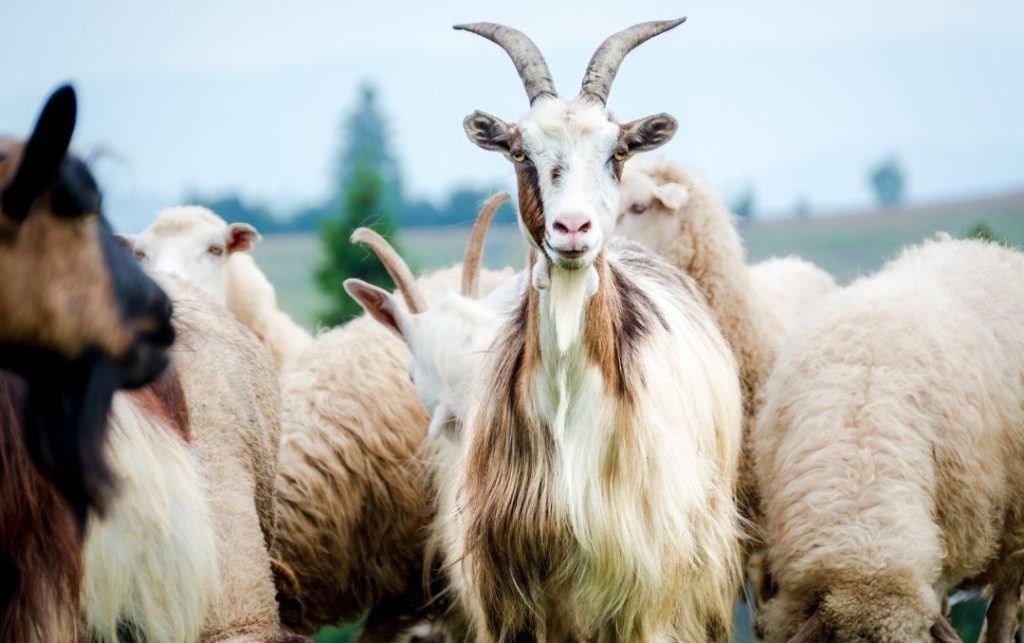
Pashmina shawls use Cashmere wool which is the down coat of a rare species of goats found in the Himalayan region. Pashmina shawls originate in Kashmir, but the raw material used for them comes from Changthang, Ladakh. The Changthangi goat grows an immensely soft and warm down coat in winter and sheds the same in Spring. This is collected, processed, and made into Pashmina shawls. Hence the material used in Pashmina shawls is pure Cashmere wool from Ladakh.
Making of Pashmina shawls
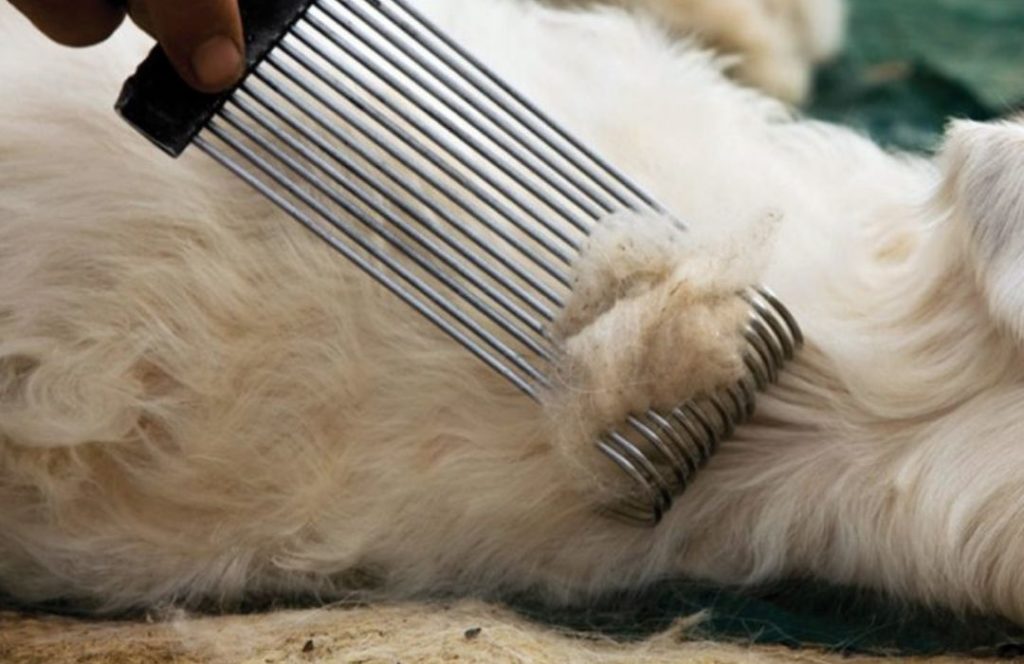
Pashmina is the classic art of handcrafting opulent Pashmina shawls from fine Cashmere wool. Wool is manually collected in the Changthang region of Ladakh by local herders who rear these goats all their life. As soon as Spring arrives, the moulting season begins, and goats shed their down coat. The portion left on their bodies is professionally combed off. All of this wool is, nevertheless, collected and stored. It is sent to Kashmir for processing.
Processing begins with the cleaning of fine wool. Clean wool is sent for spinning where it is transformed into yarn (fine long threads) over a spinning wheel. The yarn formed is 12-16 microns in diameter, making it one of the finest in the world. As soon as all the lumps of wool are transformed into yarn, it is sent for weaving.
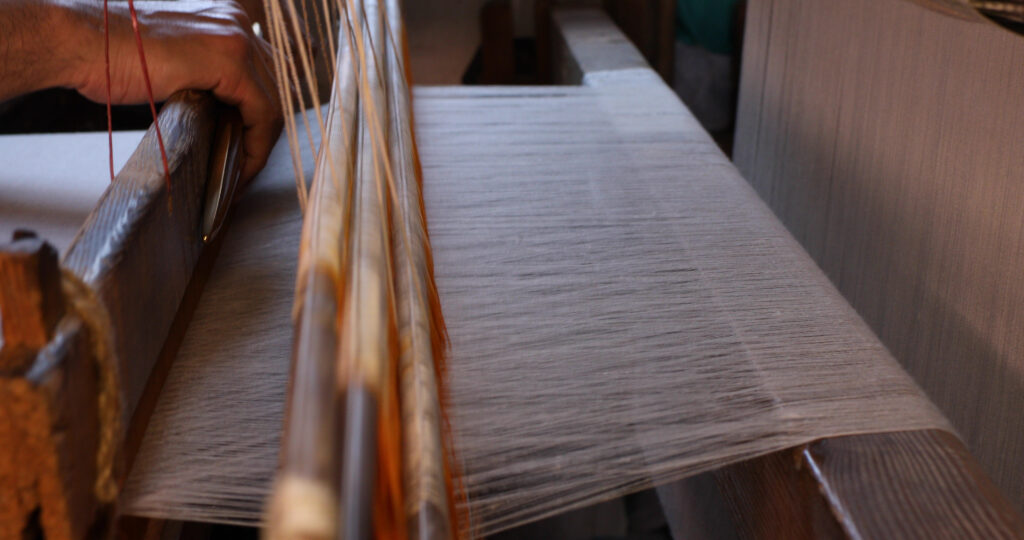
Hand weaving takes place on a handloom, indigenous to Kashmir. 2 or 3 men sit on both sides of the handloom and start weaving the extremely fine and delicate yarn, carefully. After a period of 4-5 days, luxury Pashmina shawls, Cashmere wraps, and Cashmere scarves are ready to be worn.
These luxury shawls can be hand embroidered, patterned, printed, or left in their plain essence. Hand embroidered shawls and those handwoven in the realms Kani technique are the most intricate and hence expensive Pashmina shawls.
Qualities of Pashmina Shawls
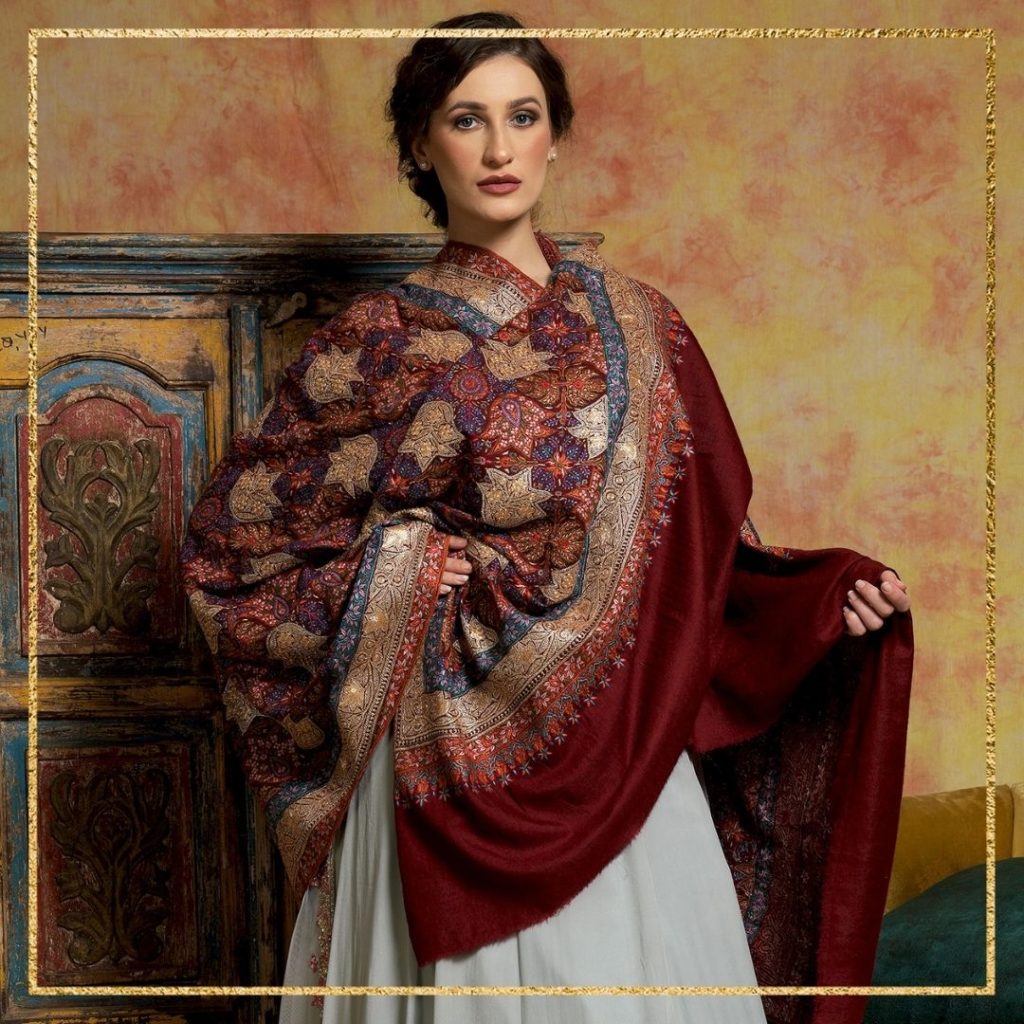
Pashmina yarn is as light as a feather. A large (100 * 200 cm) Pashmina shawl (plain) is just a few hundred grams. The yarn diameter is just 12-16 microns. Note that the human hair is 70-100 microns (based on hair type). It takes 3 goats' wool to be combed to make just one Pashmina shawl.
Pashmina shawls that come from Kashmir, North India are considered the finest all over the world. The reason for this fine quality is the perfect atmosphere that local goats get to grow Cashmere on their bodies. Even Though Cashmere wool can be found in a large number of regions around the world, it is the Kashmiri Cashmere shawl that has stolen hearts for centuries now.
History of fine Cashmere wool
In Kashmir, Cashmere wool was first discovered by Shah E Hamdan, who was a Sufi saint from Persia. On his visit to Kashmir with 700 craftsmen, he trained the locals in processing Cashmere. This took place shortly after the saint ordered socks to be made out of Cashmere wool, and presented the same to the then king of Kashmir. The king liked the socks so much that he ordered factories to be set up for processing raw Cashmere. This was the 15th century, and since then there is no stopping this classic art industry.
Earlier, it was just the Mughals who patronized Pashmina like a treasure. They would be dressed in heavily embroidered Pashmina shawls as well as give the same to other rulers as "Khilat". Mughal queens, nobles, and members of the royal court would be dressed in Pashmina apparel, and would even decorate their courts with the same.
In Persia too, from the 16th to the early 20th centuries, kings and queens of Safavid, and Qajar wore Pashmina and gifted these precious shawls within their political matters.
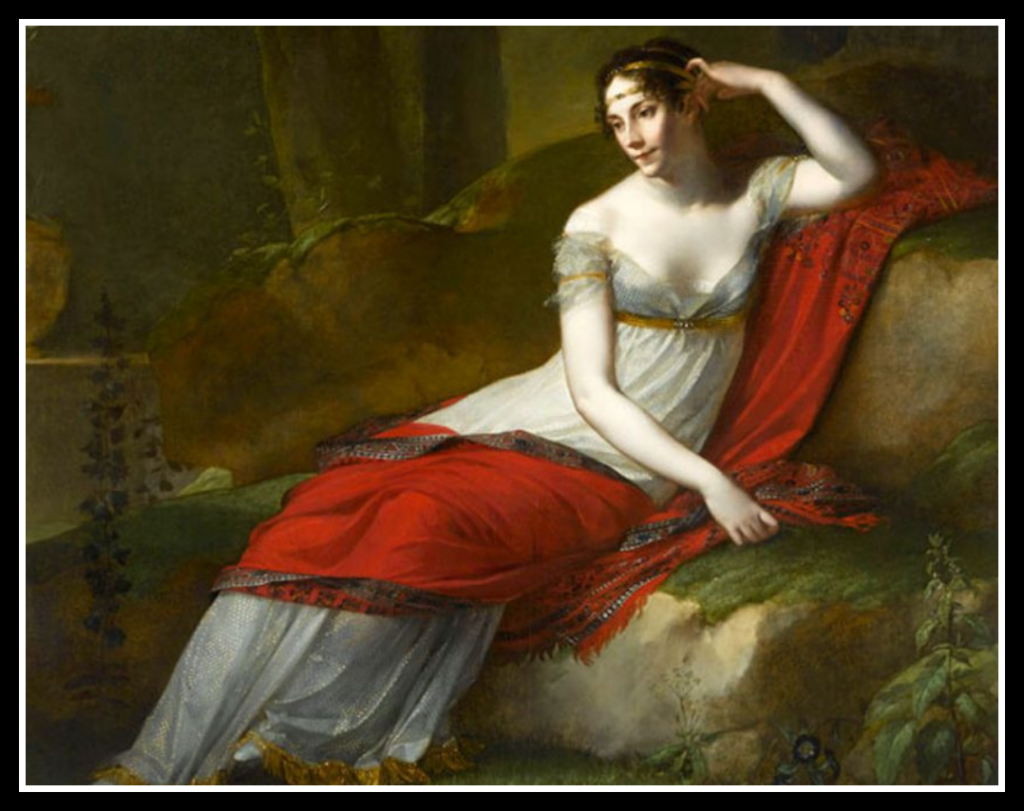
The enthusiasm with regard to Pashmina soon spread in Europe, especially when Napoleon gifted his wife empress, Josephine, a Kani shawl and she ordered a few hundred shawls of the same weave. She set the Kani shawl to a timeless fashion and converted this royal accessory into a fashion mania.
Also read: KASHMIRI SHAWLS IN MID-VICTORIAN NOVELS
Concluding…
Pashmina shawls are timeless. In ancient times, embroidered and Kani Pashmina shawls were mostly available. Presently, they have proved to be versatile enough to accommodate every modish design. From chic animal prints to customized checks and plaids, to contemporary art, Pashmina shawls host every pattern that the woman of today would love to flaunt. The shawls suit women as well as men of all ages and tastes. Hence shawls can be crafted for adults as well as for teenagers who barely like an art piece.
Pashmina shawls have, every now and then, proved to be ageless and the most liked accessory. While there is allure in a traditional piece, contemporary pieces are no less fascinating.
Also read: WHAT IS THE WORLD FAMOUS PASHMINA?